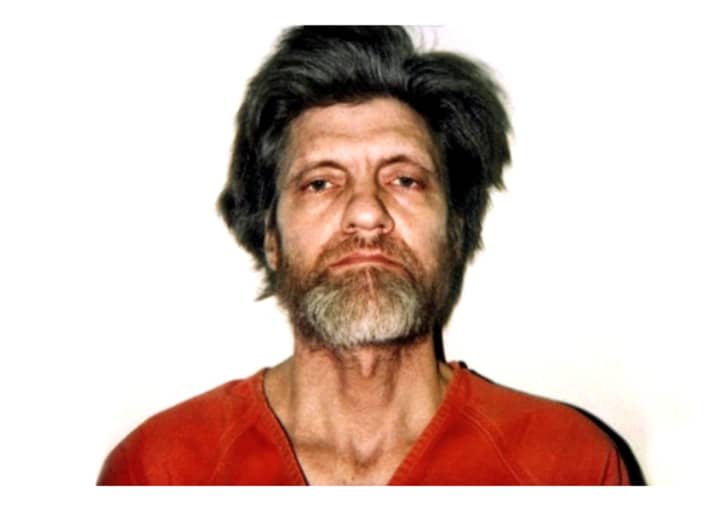U.S. Bureau of Prisons records confirm that Theodore John “Ted” Kaczynski, 81, died on Saturday, June 10. His body was found in the cell around 8 a.m., a bureau spokesperson said.
Dubbed the Unabomber by the FBI, Kaczynski was serving four life terms for killing three people – among them, a New Jersey advertising executive – and injured dozens more with homemade bombs in various parts of the country between 1978 and 1995.
Kaczynski had been moved to the Federal Medical Center Butner in eastern North Carolina 2½ years ago for an unspecified reason after serving more than 20 years in a federal Supermax prison in Colorado.
The medical center at various times has housed John Hinkley Jr., Bernie Madoff and “Tiger King” Joe Exotic, among others.
Kaczynski died by suicide there, multiple sources reportedly told The New York Times, although the manner wasn’t disclosed.
One of the victims, Thomas Mosser, died when he opened a package that was mailed to him by Kaczynski and it exploded in the kitchen of his North Caldwell, NJ, home in December 1994.
Mosser, a 50-year-old U.S. Navy veteran who served in Viet Nam, was married with two daughters.
Kacyznski -- who entered Harvard University at 16 and later became an assistant professor at the University of Cal-Berkeley – built 16 homemade bombs in all that exploded after they were received by his targets, federal authorities said.
Most were mailed, although one was left at a computer store in Salt Lake City and another on a Boeing 727 that was scheduled to fly from Chicago to Washington, D.C, they said.
In addition to the three victims who died were 23 others who reportedly suffered cuts, burns and smoke inhalation.
Kacyznski “signed” his pipe bombs with a metal pin that was virtually indestructible, author Robert Graysmith wrote in the book “Unabomber: A Desire to Kill.” He also used one-dollar Eugene O’Neill stamps on the parcels, Graysmith said.
FBI applied its code for university and airline bombings, UNABOM, to give Kacyznski his infamous moniker.
Efforts to identify him had been fruitless until Kacyznski himself reached out.
The Chicago native-turned-hermit composed a 35,000-word manifesto on a manual typewriter that the Times and the Washington Post published in 1995, at the urging of federal authorities, in exchange for Kaczynski’s promise to stop the bombings.
The document, “Industrial Society and Its Future,” railed against “politicians, corporation executives and remote, anonymous technicians and bureaucrats” who controlled the “life-and-death issues of one’s existence.”
The bombings were Kaczynski’s way, he wrote, of spreading his message “with some chance of making a lasting impression,” which he hoped, in turn, would help smash the modern industrial order.
The manifesto led to his capture after Kaczynski’s brother, David, and his wife recognized his writing style.
Soon after, more than three dozen agents from the bureau converged on a primitive 10-by-14-foot plywood and tarpaper shack in mountainous western Montana, where Kacyznski was said to be subsisting mostly on rabbits.
They took him into custody in April 1996 following an 18-day stakeout.
Kacyznski later pleaded guilty to various charges connected with the bombings.
Click here to follow Daily Voice Delaware and receive free news updates.


